Marine Debris
Did you know that each year 2 billion tons of litter is dumped into the ocean? Where does all this litter come from and where does it go? Much of it travels with waves and returns to the beaches, and another majority sinks into the ocean.
What do you know about marine debris? Let’s learn about marine debris and what we can do to reduce it!
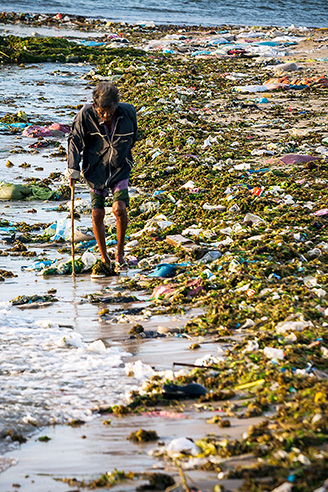
Marine debris. Photo taken by Le Minh Ngoc from the contest "One Ocean, One Future" (U.S. Embassy, 2016)
1. Where does marine debris come from?
Marine debris is solid waste created and released into the ocean by humans - directly or indirectly, intentionally or accidentally. Therefore, any artificial matter dumped or accidentally drifted into the ocean can become marine debris. Usual marine debris components are plastic, glass, metal, paper, fabric, rubber, wood,
Marine debris can come from land.
It can come from ships and their actives on the ocean. Tools and materials that fall out of fishing ships or cruises (fishing rods, nets,) can become obstacles that trap marine animals. Similarly, ocean containers, if sunken or damaged, can release an enormous amount of debris. Furthermore, oil rigs and natural gas rigs also release toxic wastes into the marine environment, such as protective gears, gloves, oil tanks,
Most marine debris comes from land. Typically, they come from household waste and plastic micro beads. Because of the public’s lack of awareness about waste processing, many food packages, water bottles, medical equipments, industrial materials,... are released into rivers and eventually end up in the ocean. Furthermore, storms, typhoons, floods and landslides, also contribute to bringing large and heavy items to the ocean easily.
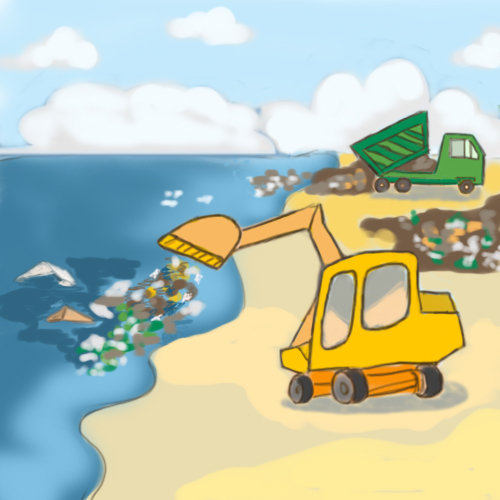
2. Common types of marine debris![1]
Plastic is most common waste, making up 80% of the total marine debris. With the growth of consumerism, plastic items are increasingly released into the ocean. Plastic items do not decompose easily, often taking decades to centuries. Even plastic types marked as “decomposable” do not decompose easily in cold water. After time, plastic breaks into small pieces, creating tiny pieces of plastic called microplastics. While invisible to our eyes, they’re extremely toxic

Glass, metal, and rubber, like plastic, are used widely in products. While they can be worn or broken into small pieces, they generally cannot be organically decomposed.
Nets and other fishing equipments, after floating away or being released into the sea, continue to trap marine creatures, causing them to get caught and die.
Shipwrecks are also kind marine debris, causing damage to the marine environment and obstructing activities in the ocean. They can be caused by storms, or abandoned by their owners. These ships then can be sunken by storms or half-sunken half-afloat, and drift to shores, coral reefs, breaking to pieces on the way. Without human intervention, it takes a very long time for them to naturally decompose.
3. What is happening?
Each year, on average, humans release 8.8 million tons of litter into the ocean. 80% of them originate on land. Beneath the calm waves, if we look closely, we will see the ocean packed with litter. According to calculations, in 2010 alone, 275 million tons of plastic waste was created in 192 countries near the sea, with about 4.8 to 12.7 million tons entering the ocean. Scientists estimate that from 2010 to 2025, humans will release an additional 155 million tons of waste into the ocean, making it the world’s largest dumpster.[2]
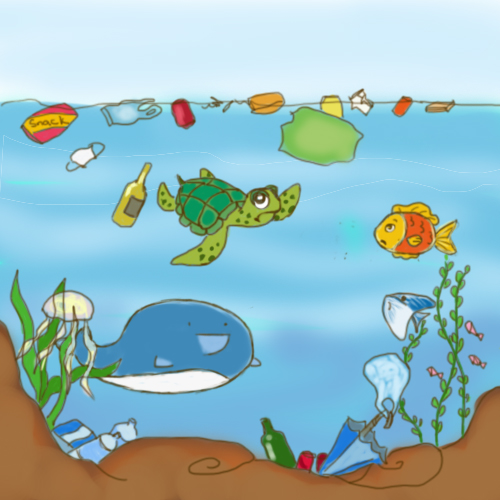
Marine debris has infiltrated all seas and oceans, and become a serious concern because of its impact towards the marine environment and creatures. Each year, million marine creatures are injured by marine debris.[3]
Fishnets, fishing rods, other fishing equipments, packaging, condoms, can wrap around marine creatures. These creatures then can be hurt, infected, suffocated, and unable to search for food, and die.
Sea turtles, birds and sea mammals can mistake marine debris for food. The sea turtles especially do this. Plastic bags resemble jellyfish - their favorite food. If swallowed, plastic bags will get stuck in the sea turtle’s digestive system, causing it to feel full all the time and slowly die from malnutrition.
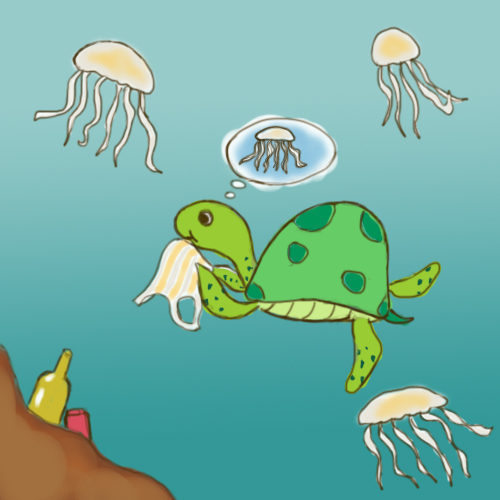
Large marine debris can destroy important marine ecosystems, such as seagrass beds or coral reefs. Most of them are essential ecosystems to the livelihood of many creatures.
In particular, plastic waste leads to serious environmental consequences related to microplastics. Microplastics are plastic pieces with length less than 5mm (the size of a sesame seed), a result of plastic waste degradation process. Microplastic pieces enter the environment and into the food chain of animals, especially marine species. Many marine animals such as turtles, seabirds, etc. cannot distinguish microplastics and accidentally digest them, harming their excretory systems and slowing down living activities of many animals, sometimes causing death due to congestion. [4]
4. What can we do to help?
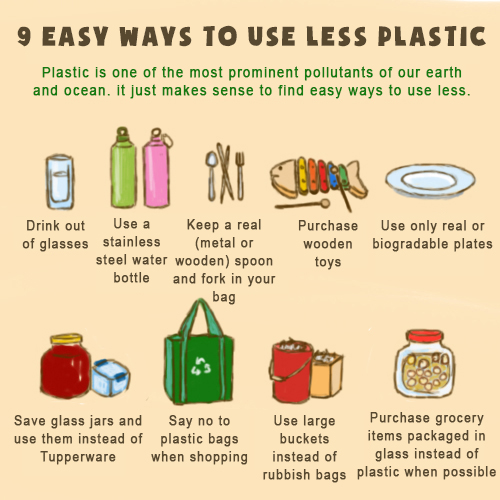
- Limit your use of nylon bags. If possible, reuse them by saving them and use them again in your next shopping trip. Furthermore, you can also use reusable bags and containers.
- Do not dump fishing equipments (fishnets, fishing rods…) into the ocean. When fishing, fishing rods can be tangled and nets can be broken. We usually conveniently dump them into the ocean, but keep in mind that this action can kill many fish, birds,
- Support green tourism. You can start with simple but practical actions, such as put your trash in designated areas, clean up beaches, tell your friends about the impact of marine debris
- You could also support and donate to programs that preserve the cleanliness and beauty of the ocean.
In Vietnam:
In preparation for summer 2017, an ocean cleaning movement has collected more than 1 ton of waste across the coast of Cua Lo (Nghe An). 70% of the collected waste is plastic. Similarly, in Sam Son Thanh Hoa, the Department of natural resources and environment of Thanh Hoa (DONRE Thanh Hoa) announced it has collected 1.2 ton plastic waste after 1 week of cleaning the coast. [5]
In an effort to clean Ang Du area (Ha Long beach) in the third “Action for Green Ha Long” campaign that took place in September 2017, 112 volunteers collected 2423 kg of waste, 80% of which is plastic and toxic wastes such as needles, cigarettes filters, etc. Compared to the amount of wasted collected in January 2017 and Jun 2016, the amount of plastic and styrofoam waste shows significant increase in this area. [6]
What we can do to reduce the amount of plastic waste in ocean?
Join the action in: “Say No to plastics bags” project to understand the harmful effects of disposable plastic.


